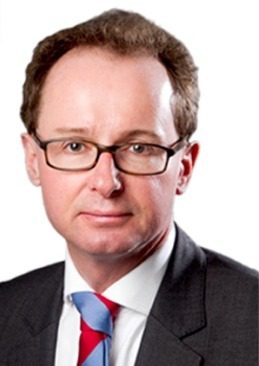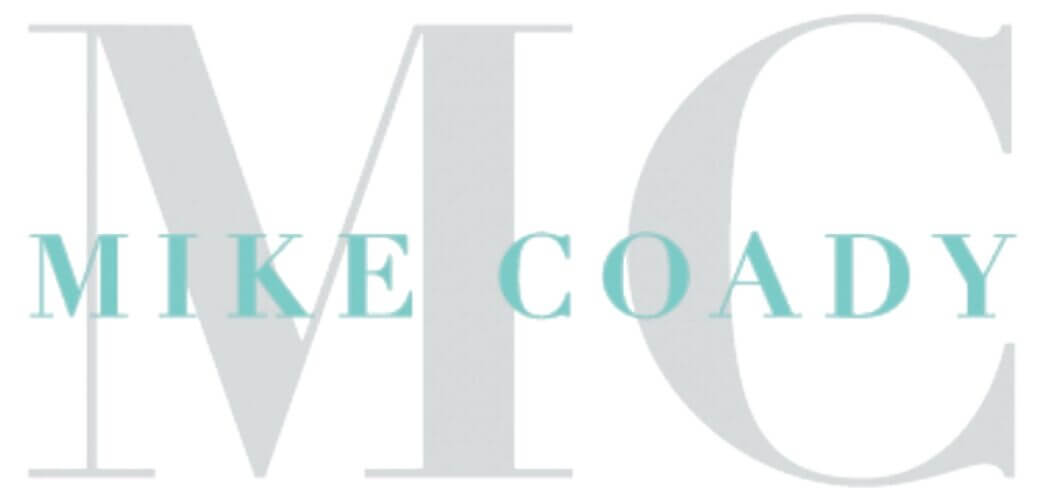

Home J.P. Morgan Asset Management considers the markets and the relationship with deVere Group


J.P. Morgan Asset Management considers the markets and the relationship with deVere Group
In this three-part series, I have asked three of the major institutions with which deVere Group has robust, long-term, established alliances, for their retrospective on 2013, their outlook for 2014, their cautionary advice for the year ahead, and for their take on the relationship between deVere and their organisation.
Here, in the second part of the series, we hear from J.P. Morgan Asset Management’s Market Insights Team.
In general terms, how would you review, and put into context, the markets over the last 12 months?
Investor sentiment in 2013 was shaped primarily by growing speculation that the US Federal Reserve (the Fed) would begin tapering its asset purchases. Uncertainty about the potential timing of the withdrawal of monetary stimulus was sparked by Fed chairman Ben Bernanke’s comments in May that bond buying could be scaled back “in the next few meetings” of the Federal Open Market Committee.
As improving economic indicators—particularly the falling US unemployment rate—pointed to a more entrenched US recovery, the vast majority of market participants became convinced that the Fed would taper in September. As a result, Bernanke’s decision in September to leave unchanged the Fed’s asset purchase programme took markets by surprise. When tapering was eventually announced in December, markets were resolute, with little movement in bond or equity markets. Speculation over timing had a negative effect on fixed income markets. Faced with the prospect of a reduction in the Fed’s bond purchases, which would drive down bond prices, investors rushed to sell their bond holdings. Yields on US, UK and German government bonds rose significantly, while emerging market debt investors suffered sizeable losses.
US, European and Japanese equity markets made strong gains over the year. Although unemployment in the eurozone remained at a record high, investor sentiment became more positive, particularly due to an improvement in manufacturing activity. The eurozone finally emerged from recession after 18 months of contraction, while the UK appeared to be recovering at a faster-than-expected rate. Japanese equities were boosted by the positive effects of Prime Minister Shinzo Abe’s reform programme. US equities were among the top performers as the US economy continued to lead the developed world recovery. Although congressional wrangling over the raising of the debt ceiling led to a government shutdown, the effect on equities was muted.
How will what has taken place in 2013 affect what is likely to happen in 2014? What will be the standout differences between this year and next?
New beginnings are exciting times and investors will be looking at the next 12 months with a mixture of anticipation and trepidation. Anticipation of better economic growth in the US and Europe, and the resultant improving outlook for corporate earnings. But trepidation, not least due to concerns over how bond markets will deal with the Fed’s planned unwinding of quantitative easing.
One theme we believe will continue in 2014 is the gradual rise in long-term interest rates and the need to get income from sources other than high-quality, long-term bonds. At the time of writing, 10-year Treasury yields are roughly 1 per cent higher than they were at the start of 2013, but remain very low by historical standards. However, as the Fed tapers its bond purchases and as the US economy strengthens, the long end of the yield curve could continue to rise. The Fed will be very aware of the pace at which interest rates rise.
US equity markets recorded stellar performance in 2013, but now questions are being raised over valuations and potential market bubbles. The strong gains do mean that US equities are no longer cheap in absolute terms, so investors should temper their expectations and anticipate single-digit returns over the year. The pace of US economic growth should accelerate in 2014, with real GDP growing by between 2.5 per cent and 3.0 per cent. This stronger economic momentum should bring down the unemployment rate further and push the Fed towards phasing out bond purchases entirely over 2014.
The eurozone has seemingly emerged from recession, and even the crisis economies are returning to positive growth. The pace of recovery will be slow, though, as many structural issues at the heart of the crisis continue to be resolved. However, even at low rates of growth, the region does represent an investment opportunity. European stocks are cheaper based on current earnings than their US counterparts. The actions of the European Central Bank (ECB) will become increasingly important as the region fights off the potential for disinflation—or even deflation—and the impact of a stronger euro on export-led growth. The ECB will also conduct its asset quality review over much of 2014, which may create volatility in the region. However, the review will ultimately lead to the ECB taking on its role as single supervisor.
Emerging markets were out of favour for much of 2013 as the threat of rising rates and Fed tapering deterred investors. The reality is that rates will not be rising in the developed world for some time, which should mean a flow of capital back into emerging economies. Furthermore, emerging markets should start to see the benefit of building economic momentum in the developed world. It is worth remembering that countries under the emerging market umbrella have the greatest potential for economic growth and investment returns in the long term. In the short term, though, differentiation among emerging markets will be key to generating returns. Some markets will face stiffer headwinds than others, whether from higher inflation, political challenges or large current account deficits.
Overall, the outlook for risk assets in the coming year is a positive one. A broadening out of economic growth, when combined with still very accommodative monetary policies from the Fed (even with tapering), the Bank of England, the ECB and the Bank of Japan, should continue to support markets in much the same way as in the past 12 months.
What would be your overriding cautionary advice or ‘word of warning’ for the year ahead?
The second half of 2013 saw a build up in economic momentum around the globe, and this should continue into 2014. In an environment of strengthening economies and better prospects of earnings growth, the biggest risk that investors face is very much a political one, whether caused by policy error or by other political events.
As the Fed starts to wind down its quantitative easing programme, the pace at which it scales back its asset purchases will be key. Cutting too fast may result in a rapid rise in bond yields and mortgage rates, potentially dampening economic growth. The Fed will be keeping one eye firmly on the housing market throughout its tapering process. In Europe, the ECB’s actions have removed nearly all the tail risk from the markets.
However, 2014’s asset quality review has the potential to send ripples through the financial sector and further disrupt an already fractured system. Meanwhile, although many of the key elections in European countries have passed, there is still the risk of a political flare-up or political brinkmanship that could reignite old instabilities.
But the risk is not all in developed markets. We believe fears of a hard landing for the Chinese economy proved to be unfounded in 2013 and the data over the last few months suggests stabilisation in China. But as the Politburo seeks to transition the economy from an investment-driven to a consumer-driven model and to gain control over the shadow banking system, there is potential for a policy error that may slow growth in the near term more than anticipated.
Can you explain how your product range benefits deVere advisers and, in turn, our clients?
JP Morgan Asset Management offers both deVere advisers and their client’s access to a wide range of actively managed products. It enables both parties to benefit from the breadth and depth of our global expertise and resources.
Date of article December 2013: Any forecasts, figures, opinions, statements of financial market trends or investment techniques and strategies expressed are unless otherwise stated, J.P. Morgan Asset Management’s own at the date of this document. They are considered to be reliable at the time of writing, may not necessarily be all-inclusive and are not guaranteed as to accuracy. They may be subject to change without reference or notification to you.
For Professional Clients only – not for Retail use or distribution.
This is for informational purposes and as such the views contained herein are not to be taken as an advice or recommendation to buy or sell any investment or interest thereto. Reliance upon information in this material is at the sole discretion of the reader. Any research in this document has been obtained and may have been acted upon by J.P. Morgan Asset Management for its own purpose. The results of such research are being made available as additional information and do not necessarily reflect the views of J.P.Morgan Asset Management.
There is no guarantee that any forecast made will come to pass. Furthermore, whilst it is the intention to achieve the investment objective of the investment product(s), there can be no assurance that those objectives will be met.
Issued by JPMorgan Asset Management Marketing Limited which is authorised and regulated in the UK by the Financial Conduct Authority. Registered in England No: 288553. Registered address: 25 Bank St, Canary Wharf, London E14 5JP.
Related
You May Also Like


Choosing the right school for your Children
The UAE, particularly Dubai and Abu Dhabi, offers a multitude of educational opportunities for children, with a diverse...


A fortnightly look at global financial markets – 25 October 2016
The following is a detailed commentary and analysis from deVere Group’s International Investment Strategist, Tom Elliot regarding: Is...


Family Wealth Manager praises mentoring at Stapleford Park
When Albert Einstein said: “The only source of knowledge is experience” I believe he wasn’t too far away...
DISCLOSURE:
mikecoady.com, the website, does not provide financial, investment or tax advice. It is specially designed to provide its users with general information. It does not give individual or specific advice on which products or services are the most appropriate for an individual’s particular circumstances. We may from time to time publish content on this site that has been created by affiliated or unaffiliated contributors.




